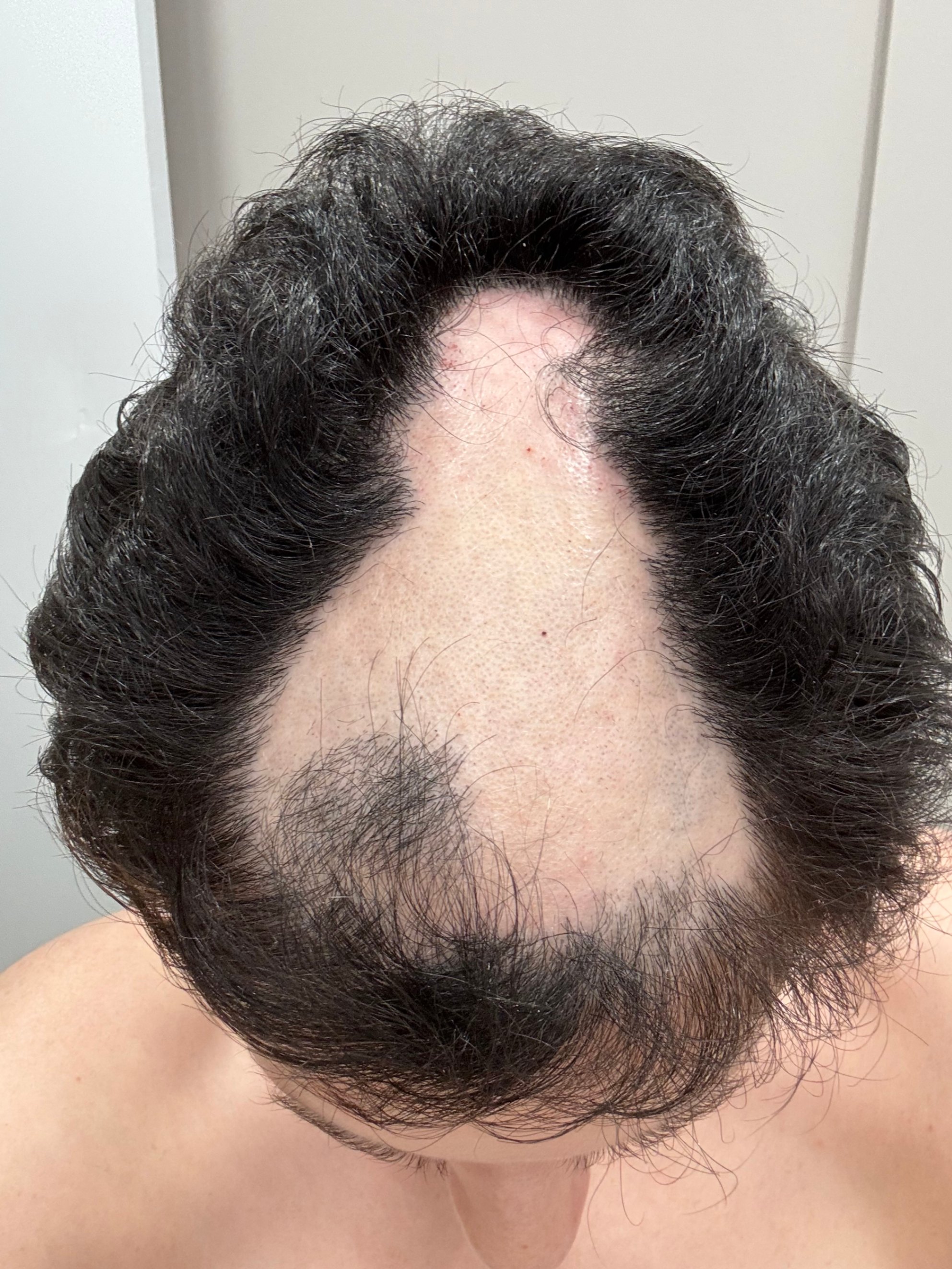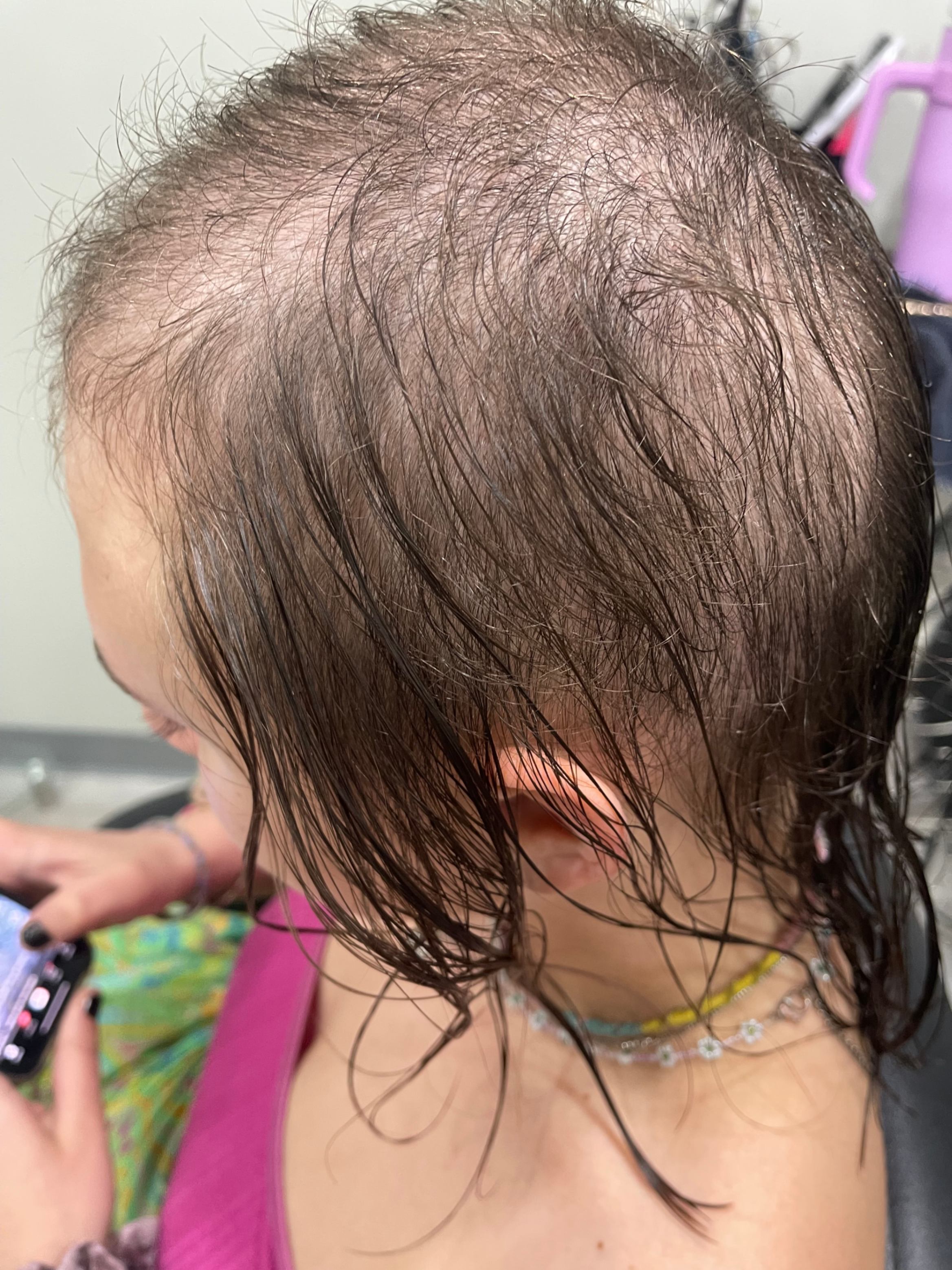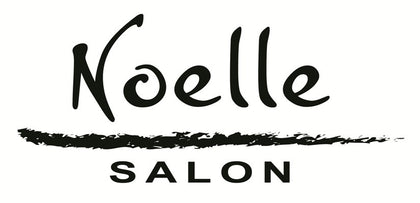Transform Your Look: The Benefits of Hair Extensions for Trichotillomania
Benefits of Hair Extensions for Trichotillomania Revealed
Trichotillomania is a difficult disorder to handle, the impulse is can happen at any time, and the condition in itself is self impacting as the effects only add more stress and distress. When your natural hair is impacted, it leaves bald patches to which looking in the mirror can only make it such that you will seek to find a remedy. Not all hair salons have the expertise to help, however, in Boston Massachusetts area Noelle Salon has focused on this condition for over 30years.

Human hair extensions
The tactile feel of 100% Remy Human Hair Extensions or Virgin Hair Extensions is important so that the client can have the feel indistinguishable from their own hair. Giving them the appearance, the feel, the color and the effects of beautiful styling helps the self-esteem of the client and reduces anxiety.
Types of Hair Extensions.
Not all types of hair extensions are appropriate due to the tension, adjusting abilities, and how they are maintained. Tape-in Extensions for example can damage the hair which is already affected by Trichotillomania, same with Clip-in Extensions. Keratin Extensions can work reasonably well, it is their removal that has to be considered given the use of alcohol, which might trigger the client's urge while at the procedure. The best method is Pull-Thru microbeads, which uses a crochet method to pull through strands of the client's hair and is held by silicon-covered microbeads where tension can be adjusted, and maintenance is a lot more forgiving.
Allowing for hair growth
Having a full head of hair with hair extensions and reducing stress gives the opportunity to regrow air which can take from a year to 6 years in some cases. Only when pulling for over 20+ years you might not see regrowth in the areas affected. When following and succeeding in anxiety and stress management with Trichotillomania, with the combination of hairstyling and feeling yourself with high-quality hair, it gives the sense of a regular lifestyle. Special attention during wash day and hair care can ensure that the hair extensions and the natural hair are in good health all the while hair regrowth gets a chance to recover.

Selecting your hair extensions
With a wide choice of hair extensions in both color matches and attachment methods offered by the liked of Bellami Hair, Noelle Salon exclusively rules out clip-in hair extensions, since the clips are thick and can be felt, unlike the silicon microbeads. If considering a ponytail extension for a day, clip-in ponytails might be an option. Tape in hair extensions is also not recommended as the removal process can damage the natural hair - given that Trichotillomania requires hair growth recovery, your best chance to achieve a healthy hair crop is by minimizing discomfort, tension, and the effects of maintenance.
Hair Styling with Trichotillomania
Depending on the sensitivity of the scalp, and the severity of Trichotillomania styling your hair short with your hair extensions might be an option. Long hair extensions of 24 inches can be felt with the weight of the hair, and the tension might be too triggering. Styling short or long can have amazing results and will give the person the confidence in being themselves with reduced self-consciousness. Flat iron or natural curl can be styling your hair extensions, you have the freedom to choose your look at the limits of your comfort level.
The Natural Hair Journey
While Trichotillomania is a disorder, most medical solutions are aimed at the mental and habit space, all the while solutions to reduce the consequence of hair loss from hair pulling requires more of an artistic approach. The mind's perception of beauty and appeal has a strong positive effect when perceiving oneself, and that has a better chance to succeed when it comes to reducing the impulse. Your natural hair journey can take a better recovery path, all the while focusing on the work, social, and family aspects of your lifestyle can only enhance your interactions and benefit from the relationships and engagements with the confidence of how you look and appear to everyone.
What are the symptoms and risk factors of Trichotillomania?
Trichotillomania is characterized by various symptoms, with hair loss being the most visible and distressing. Those affected may experience significant discomfort due to the bald patches that form on the scalp, eyebrows, or eyelashes. The severity of hair pulling can vary widely among individuals, with some finding it manageable while others may suffer from chronic hair loss over many years. This progressive loss can lead to feelings of shame and low self-esteem, complicating the emotional landscape of those struggling with the disorder. Understanding these symptoms is crucial as it allows individuals to seek appropriate support and treatment options.
Additionally, the risk factors associated with Trichotillomania can exacerbate the symptoms. Stress and anxiety often trigger episodes of hair pulling, creating a cycle that is hard to break. Many people with this disorder may also have co-occurring conditions, such as obsessive-compulsive disorder (OCD), which is similar to OCD and further complicates their situation. Recognizing these interconnected factors is essential in managing Trichotillomania effectively.
Why is it so hard to stop hair pulling?
The difficulty in stopping hair pulling largely stems from the compulsive nature of Trichotillomania, which is classified as a body-focused repetitive behavior (BFRB). Individuals often engage in hair pulling as a method of self-soothing, providing temporary relief from stress or anxiety. This behavior can become habitual, making it increasingly challenging to break free from the cycle. Many find that hair pulling becomes an automatic response to emotional triggers, often occurring without conscious awareness.
Moreover, the connection to OCD can further complicate the situation. Those with OCD may feel an overwhelming need to perform specific rituals, including hair pulling, to alleviate their anxiety. This overlap makes it difficult for individuals to resist the urge to pull hair, as they may go to great lengths and be caught in a web of compulsions that feel impossible to escape. Understanding these underlying dynamics is key to developing effective treatment strategies for those coping with Trichotillomania.

Useful resources and support for Trichotillomania
When dealing with Trichotillomania, it's important to have access to a variety of treatment options and support systems. Many individuals benefit from therapy modalities such as Cognitive Behavioral Therapy (CBT) and Habit Reversal Training, which help in addressing the underlying triggers and developing healthier coping mechanisms. Additionally, support groups offer a space for sharing experiences and connecting with others who understand the challenges associated with this condition.
For those seeking hair restoration solutions, salons specializing in Trichotillomania can be invaluable. These professionals are trained to provide hair extensions and other services tailored to individuals experiencing hair loss and seeking new hair options due to this disorder. Utilizing resources like the TLC Foundation for BFRBs can also provide essential information and community support, fostering a sense of connection and empowerment for those on their journey to recovery.








1 comment